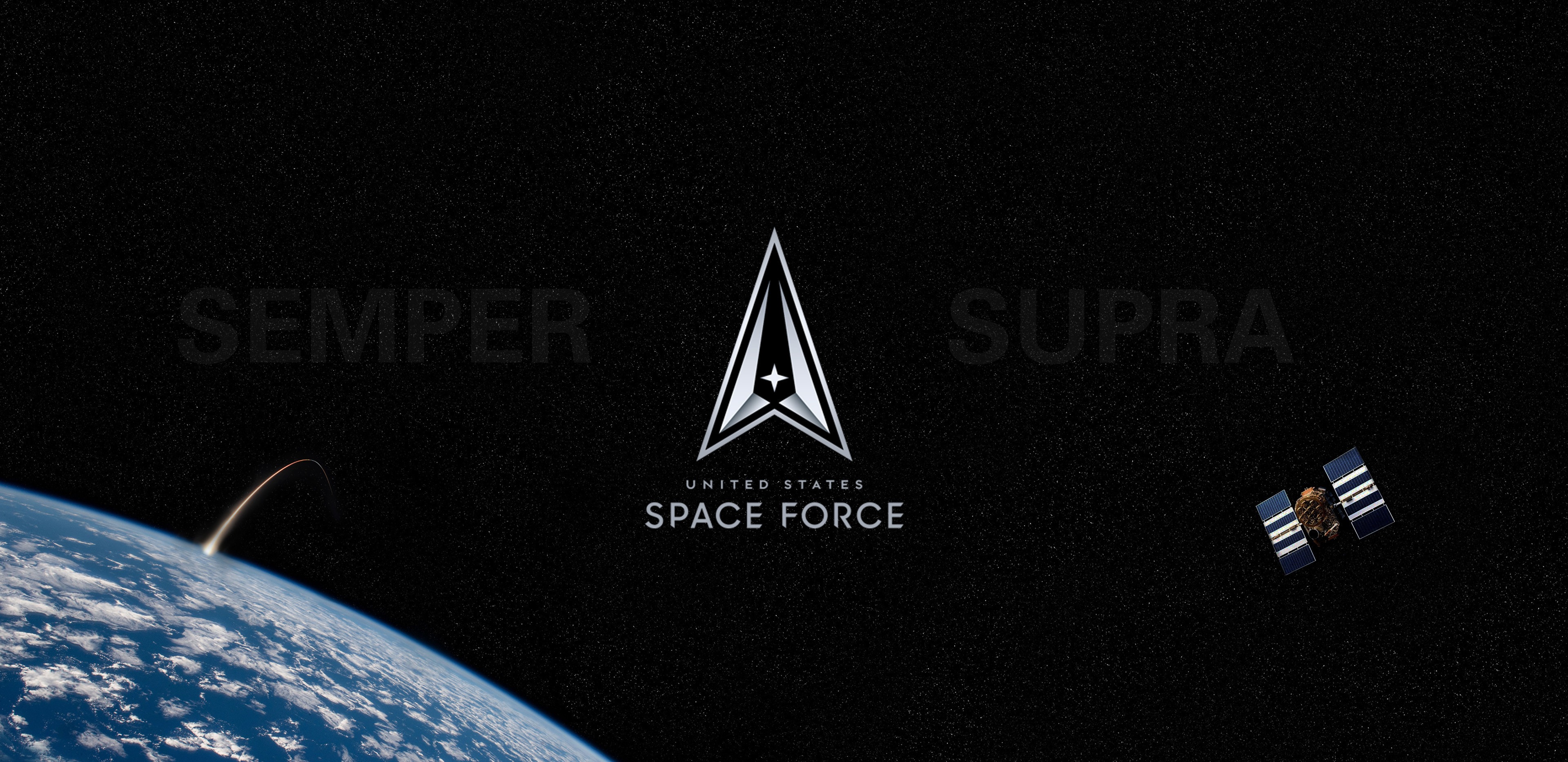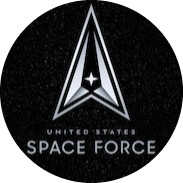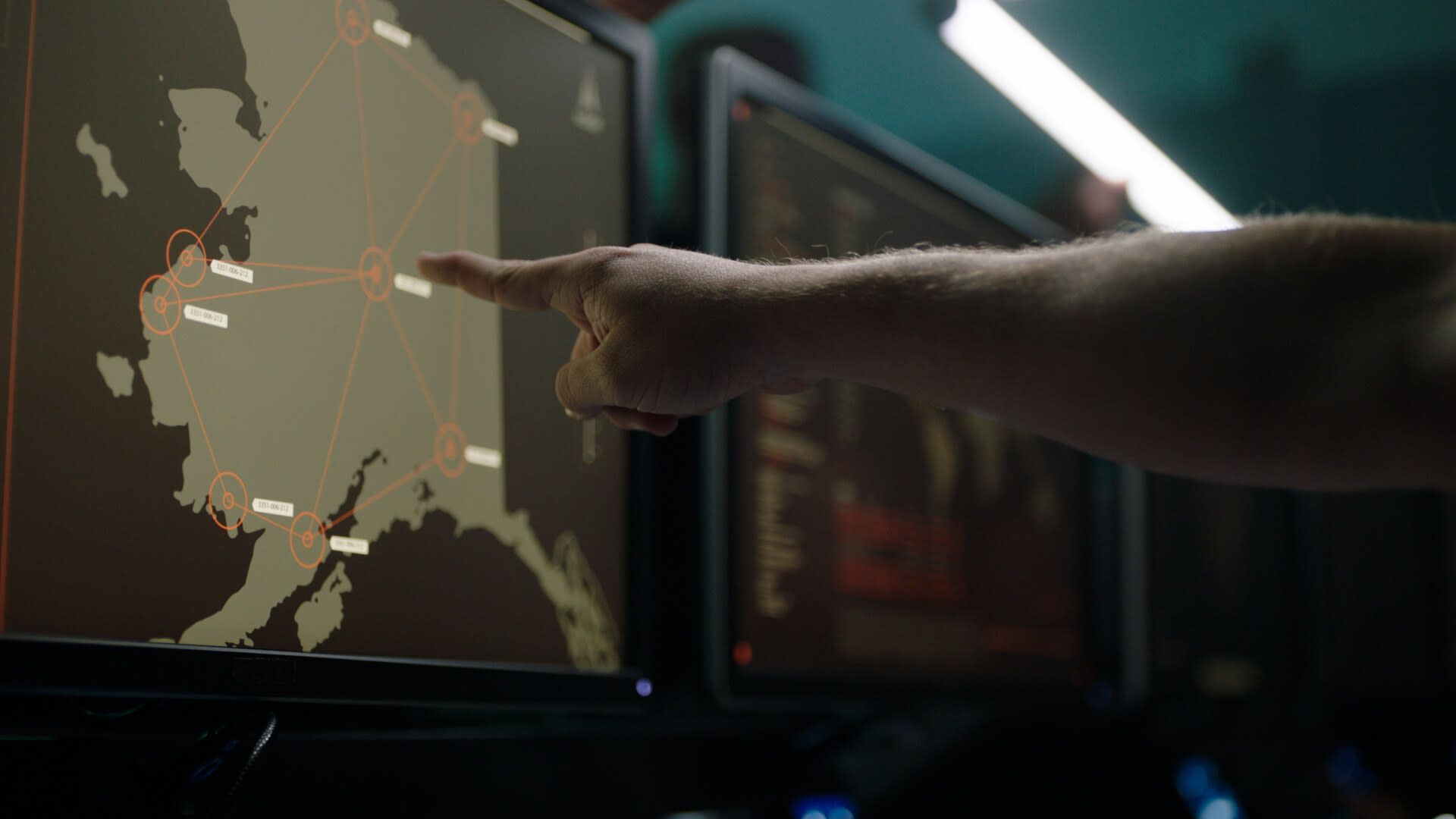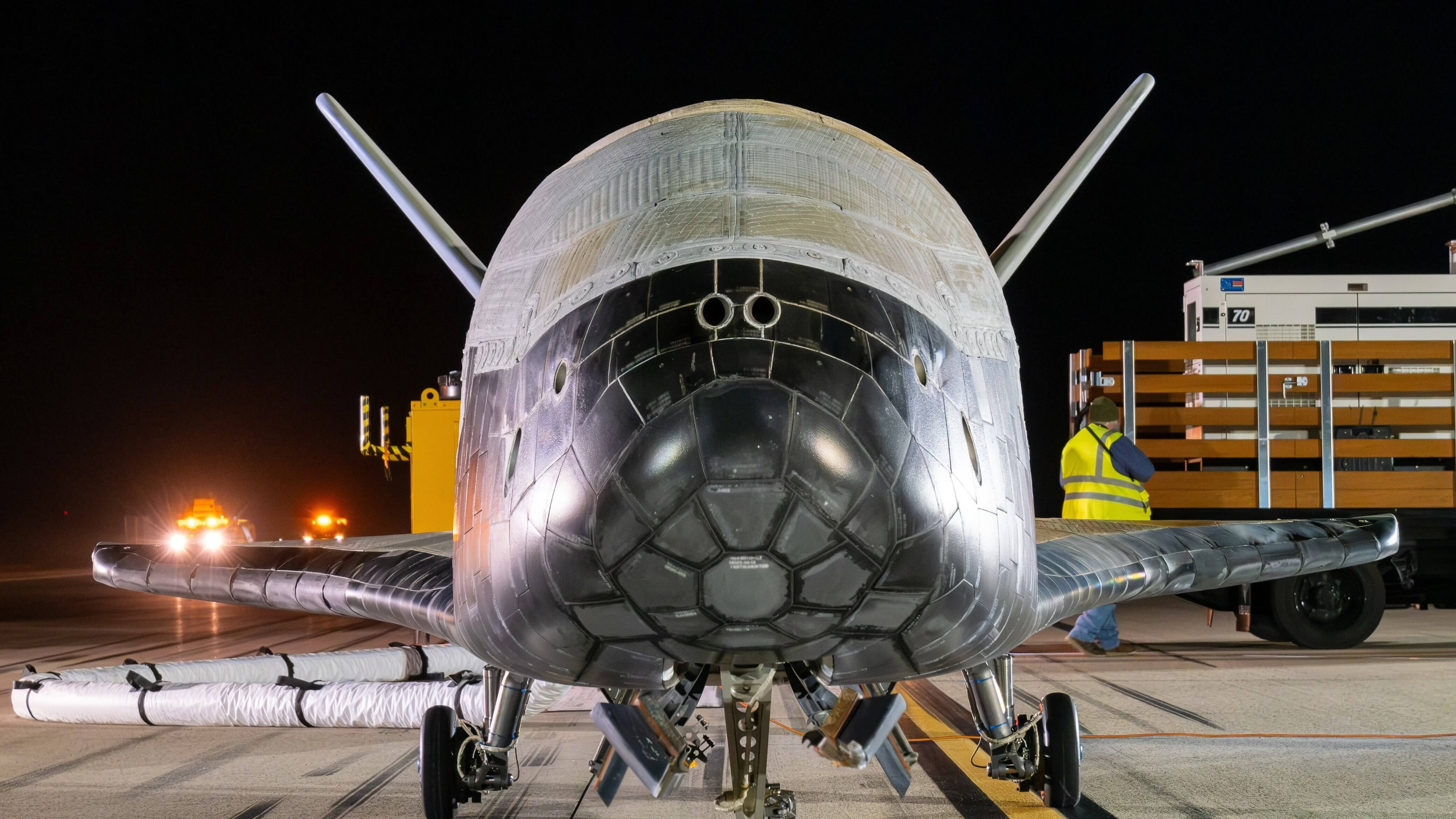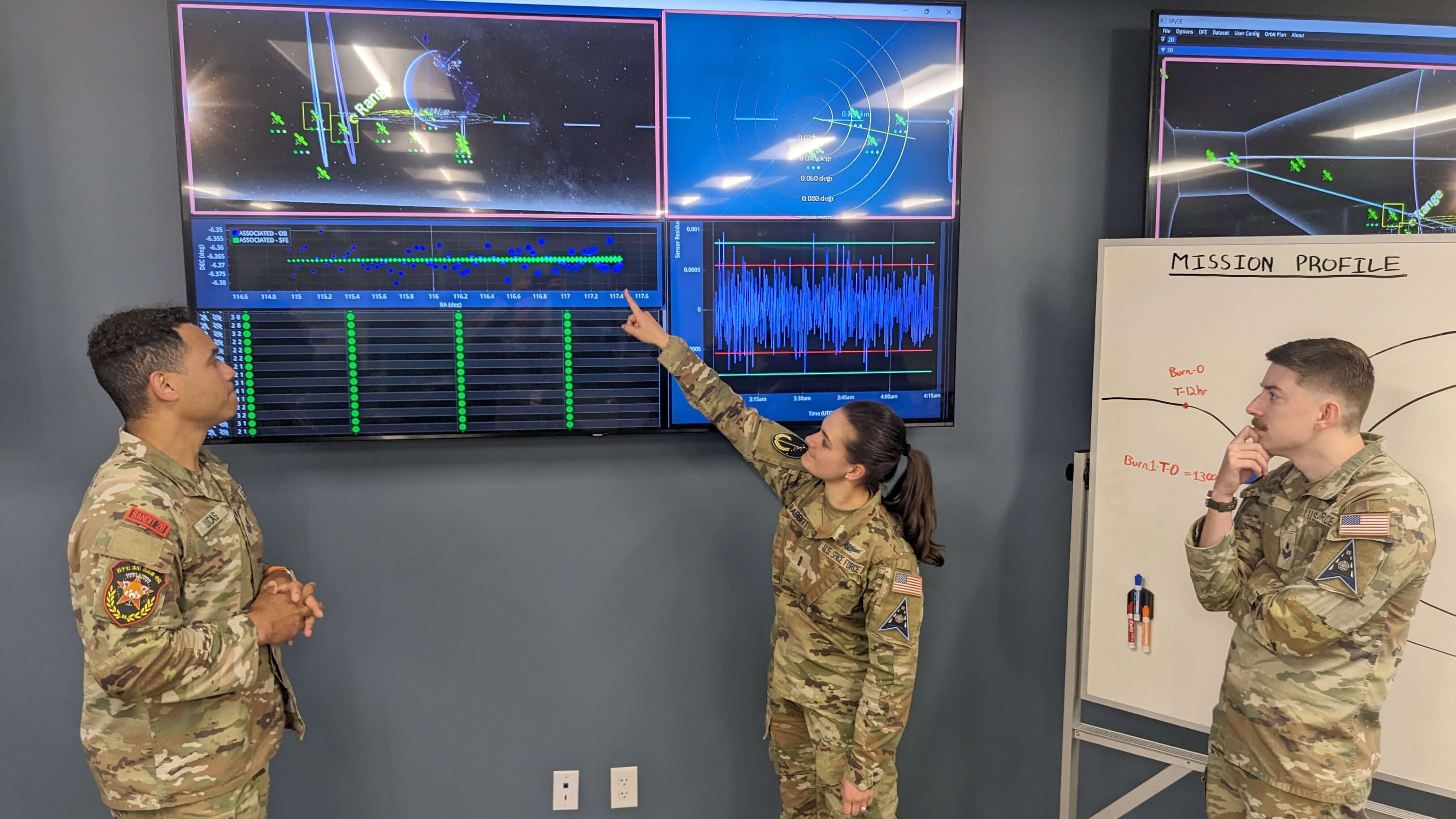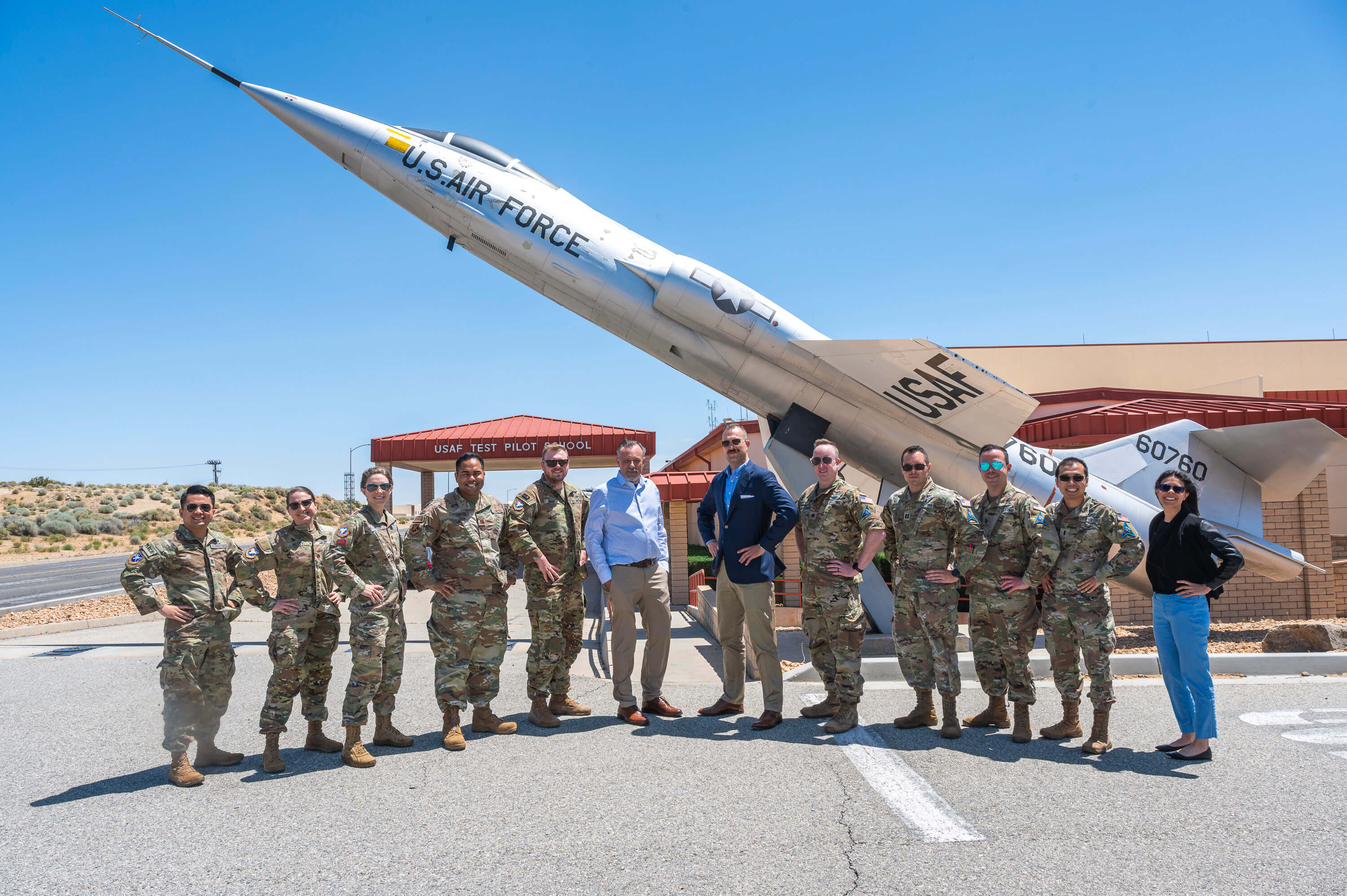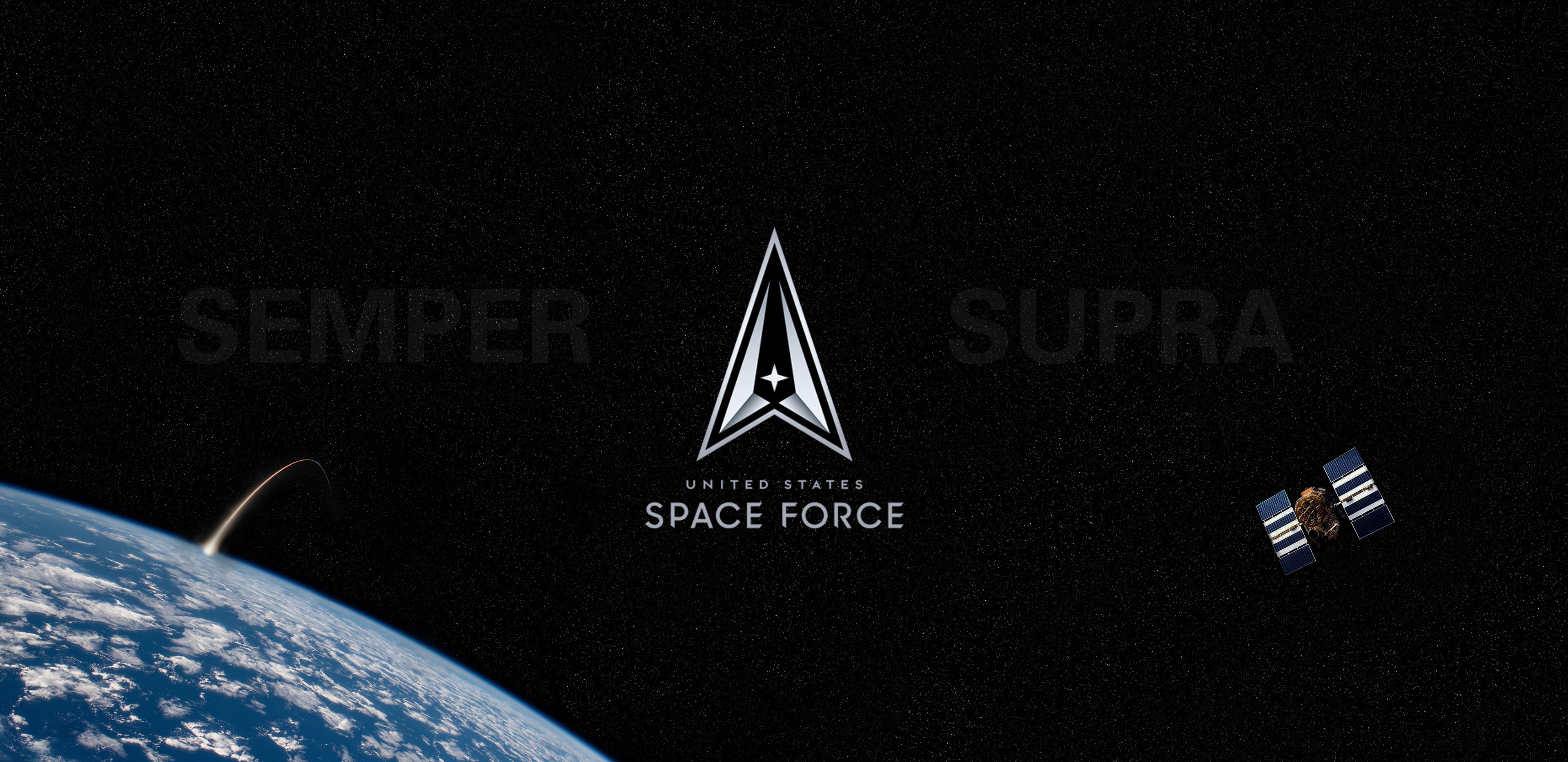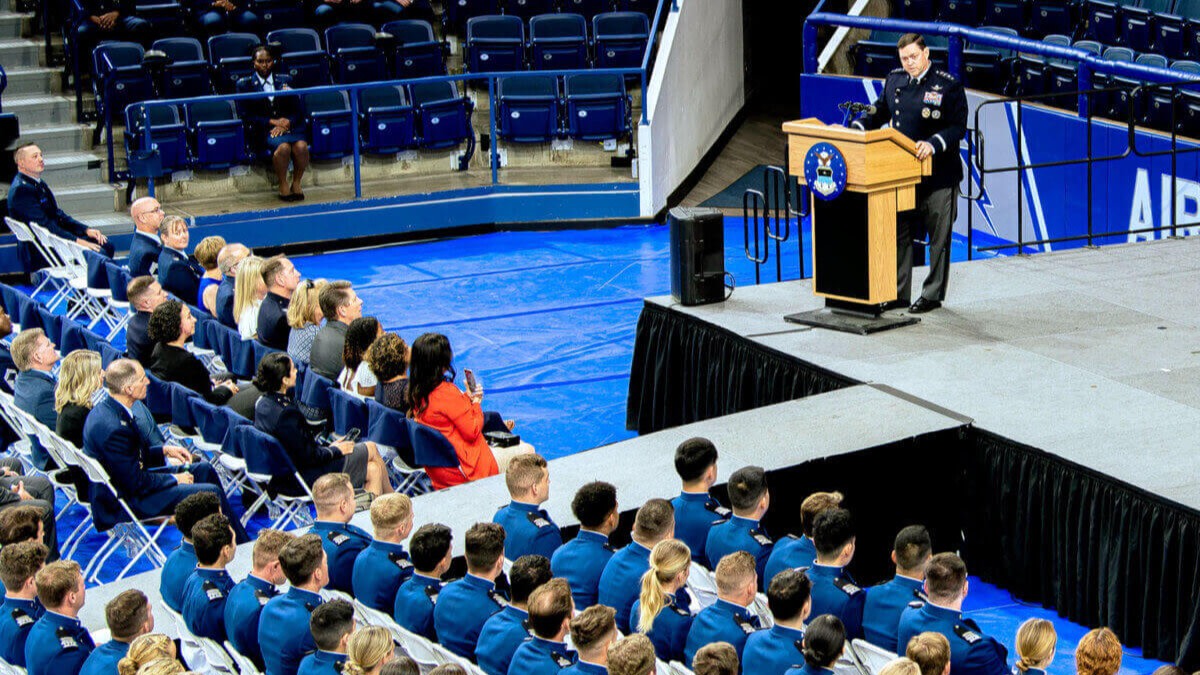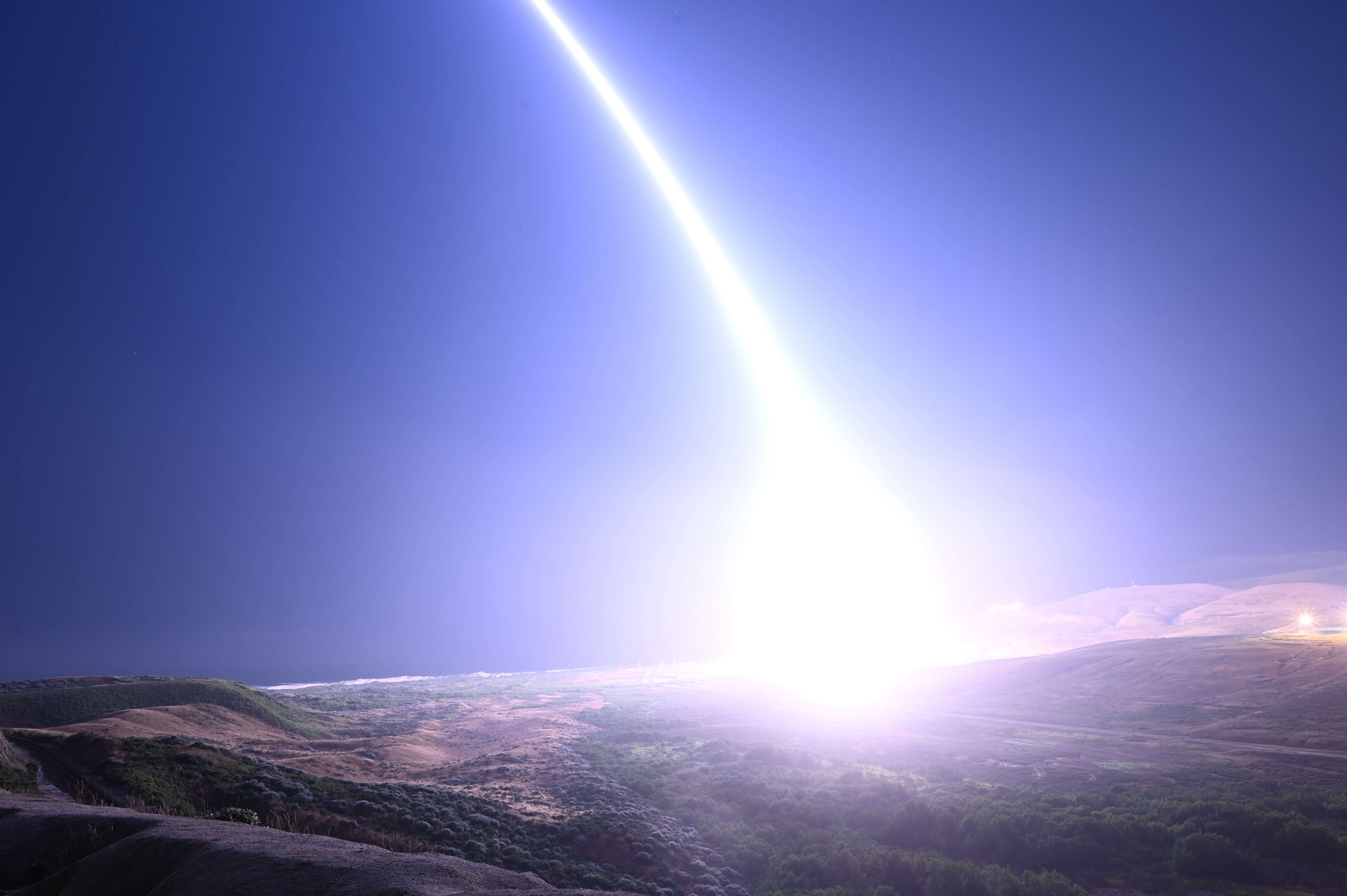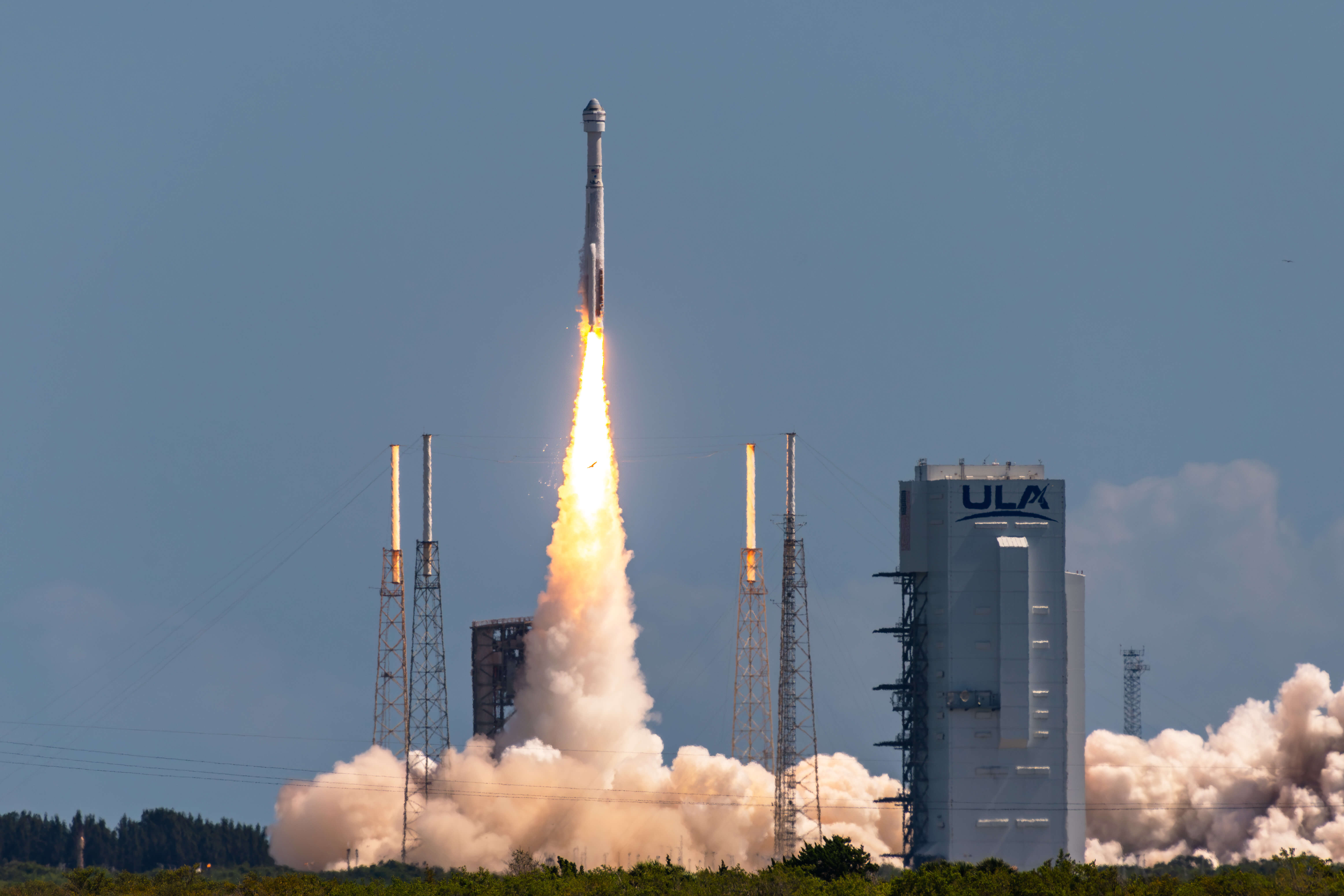5 Differences Between the U.S. Space Force and NASA
Observation vs. Reconnaissance
NASA and Space Force missions can look identical from the outside. Both operate what they call “overhead sensing capabilities,” or surveillance satellites—which may be similar in size and shape, and include the same sort of sensors. These satellites observe in visible, infrared, or other frequencies to create high-resolution maps of the terrain below. The difference isn’t what they do, but what’s done with them.
“Even if they had the exact same sensors on them, the difference between a Space Force and NASA satellite is their purpose,” says Lieutenant Colonel Gerrit Dalman of 25th Space Range Squadron, a test and training operation of the Space Force. “Rather than broadly observing to answer science objectives, Space Force satellites look predominantly at our adversaries to answer very specific questions.“
“Even if they had the exact same sensors on them, the difference between a Space Force and NASA satellite is their purpose.”
NASA satellites look at forests, oceans, and other terrain features, tracking the movement of sand dunes and the changing patterns of floodwater and ice cover; the Space Force is interested in specific sites in particular countries. For example, Defense Support Program (DSP) satellites use infrared sensors to detect the heat plume of a missile launch, alerting operators to both strategic and tactical rockets.
“Space Force surveillance and reconnaissance satellites inform strategic decisions, provide early warning of threats, and help the other services find their targets,” says Lt Col Dalman.
Planetary Defense vs. National Defense
Planetary defense belongs to NASA.
“This involves protecting ourselves from dangerous objects that could fall through the atmosphere and cause catastrophes, not fighting battles in space,” says Lt Col Dalman—like the Cretaceous–Paleogene extinction event (the giant asteroid that obliterated the dinosaurs).
Although NASA is certainly the lead agency in these efforts, its Planetary Defense Coordination Office works with a variety of partners, including the Space Force and FEMA. The Space Force contributes by sharing surveillance data with NASA to find and track potential asteroid threats. But actually tackling an apocalyptic-style scenario would, says Dalman, be an “inherently international and interagency challenge” that would likely involve partners around the world.
Space vs. Cyberspace
Both NASA and the Space Force have space as their primary responsibility, but the Space Force military mission extends into cyberspace as well. In other words, the distinction is the natural environment versus the digital one.
Space operations critically depend on secure communications. On land or sea, you might be able to fall back to signal flags or verbal communications, but in space nobody can hear you shouting orders, making digital systems a key vulnerability.
“Our primary job is to protect our national interests as well as our allies from the bad guys being able to hack into our systems,” Senior Master Sergeant Rajab Y. Kigembe says of his unit, the 65th Cyberspace Squadron—and there is a lot to protect. In addition to the command and control systems common to all military organizations, the Space Force monitors everything from the integrity of GPS satellite navigation signals to the database keeping track of all objects in orbit, all tempting targets for potential enemies. SMSgt Kigembe says they pride themselves on being the military’s first truly digital force powered by data.
“I know that sounds like a catchphrase, but a digital force means we’re in the 21st century and cyber is the way forward,” he adds.
Building vs. Fostering
NASA has been pushing space settlement and space-based industrial projects for years, and has produced many useful spinoff technologies. Similarly, the Space Force often creates or grows new markets with military requirements and protection.
“There is a back and forth between the military making new space ventures less risky and national security benefiting from the corresponding industrial and commercial developments,” says Lt Col Dalman.
“Military necessity often leads to innovations that have civilian applications.”
He also notes that, like other arms of the military, the Space Force will sometimes operate in extreme locations where they have to conduct surveys, install navigational aids, and build basic infrastructure, that can later become the foundation of civil activities. In their case, they may also advance technology in the process.
“Military necessity often leads to innovations that have civilian applications, open new markets, establish standards and norms, and drive down the cost of advancing technologies,” says Lt Col Dalman. A prime example is GPS satellite navigation, an everyday technology originally developed for military purposes, and enabled by a constellation of satellites now managed by the Space Force.
Ready on the Day vs. Always Ready
NASA is famous for high-profile missions requiring years of preparation. Few things can match the energy of a liftoff countdown on launch day, when the news crews watch eagerly and everyone focuses intently.
The Space Force has its share of planned operations too. The highly classified X-37B, an Orbital Test Vehicle-6 is launched and flown much like a manned space shuttle. Its latest mission was a record-breaking 908 days and completed a number of intended experiments.
Still, the Space Force has to be ready for action 24/7, because attacks—physical or cyber—can come at any time. To ensure constant preparedness, new personnel receive intensive physical training on top of their existing technical background.
“We put them on what are called operations floors, where all the nitty, gritty, and cool stuff happens,” says SMSgt Kigembe. “We don’t put anyone there unless they’re ready—and we’ve never had a person that wasn’t ready to sit on the house floor.”
He says preparedness comes from constant training, and a continual drive to improve that training. The Space Force may be a young service, but it is learning fast.
“Are we always ready?” says SMSgt Kigembe. “Yes, we are.”
